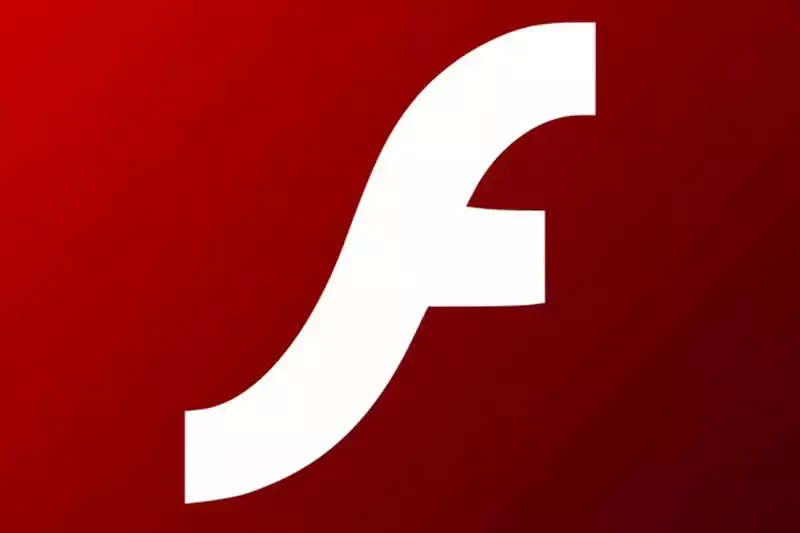In April 2010, Steve Jobs wrote a blog post systematically dismissing Adobe Flash, and we know firsthand that Flash is the number one cause of Mac crashes. We have worked with Adobe to fix these problems, but they have persisted over the last few years. We do not want to degrade the reliability and security of the iPhone, iPod, and iPad by adding Flash," he said. Perhaps the biggest "un" in history.
Almost 11 years later, Microsoft finally removed Adobe Flash from Windows 10. The move came after Adobe announced that Flash had reached the end of its life in December 2020.
Microsoft will remove Flash with update KB4577586 to be distributed in June 2021, according to a company blog post. not only will Flash be removed from Windows 10, but also from Windows 8.1, Server 2012, Windows 8 Embedded will also remove Flash via a security-only update.
Those updating to 21H1, a major update to Windows, will also notice that the update does not include Flash at all. Microsoft says that Flash can be removed at any time by manually applying KB4577586, which can be downloaded from the catalog.
While Adobe Flash has been the subject of ridicule, it is worth remembering what it brought to the Internet in the early 2000s: Flash was a lightweight, bandwidth-saving way to introduce considerable interactivity online. Everything from animated series to games used Flash to bring the mostly pre-rendered Internet to life. [Flash followed in the footsteps of products like Macromedia Director, which provided interactivity on CD ROMs and other platforms where bandwidth was not an issue. In the early 2000s, Flash was already starting to gain traction as an alternative to Director. Flash was far more capable of delivering lightweight vector graphics online, and it was ideal for lossless graphics that worked well on almost any device or screen. [Flash then became the de facto standard for web video delivery. However, Flash was only a container and a proprietary way to view videos encoded using codecs such as Sorenson Spark and VP6. Later, Adobe supported h.264 (commonly referred to as MP4 video), which became a more common standard. This meant that anyone producing Flash video could deliver files to players of formats other than Adobe Flash.
Apple's refusal to support Flash on the iPhone meant that companies like YouTube and many others would have to offer video in other ways. As Jobs mentioned in his blog post (archive.org link), the best way to do this was to use open standards like HTML5 and JavaScript.
Jobs concludes his post with an objectively accurate and prescient prediction. He wrote, "Flash was created for the PC and mouse in the PC era; Flash has been a successful business for Adobe, and it is understandable that Adobe would try to push Flash beyond the PC. But the age of mobile is the age of low-power devices, touch interfaces, and open web standards.
He concluded, "New open standards created in the mobile era, like HTML5, will win on mobile devices (and PCs too). Perhaps Adobe should focus more on building great HTML5 tools for the future and less on criticizing Apple for leaving the past behind."
Flash probably would have disappeared at some point anyway, but it is clear that Apple's refusal to support it under Jobs hastened its demise. It may have been worse for Adobe shareholders, but it also led to a more open Web with fewer barriers to production and consumption than before.
Rest in peace, Adobe Flash. You brought Weebl and Bob to us. As a final tribute, here is the tribute to Flash that Weebl was forced to post on YouTube.










Comments